Did you know interesting curiosities like the conversion of plastic into vanilla flavoring or urine from a diabetic person being utilized to create whiskey? This is the reason why my job fascinates me – I get the opportunity to share these astoundingly odd facts with you!
Even if science wasn’t your favorite subject in school, we might have one (or 25) science facts on hand to change your mind. After all, scientists are learning new things every day, and something we don’t know about today could be blowing your mind tomorrow.
Here are 25 Of The Most Bizarre Facts About Science.

The Human Stomach Can Dissolve Razor Blades
 https://forensicarticles.com/can-the-human-stomach-dissolve-the-razor-blade/#:~:text=Human stomach acid is typically,of immersion in stomach acid
https://forensicarticles.com/can-the-human-stomach-dissolve-the-razor-blade/#:~:text=Human stomach acid is typically,of immersion in stomach acid If you ever find yourself swallowing a razor blade, we’re here to tell you that there’s no need to worry. The body of a human being is far more competent than you may believe.
Acids get rated on a scale from 0 to 14 – the more potent the acid, the lower its pH level. Our stomach acid typically ranges anywhere between 1.0 and 2.0, meaning it is incredibly powerful.
In one study, scientists dumped a razor in stomach acid and waited. The razor was dissolved within two hours.
That means you can swallow those watermelon seeds without worrying about something growing in your stomach. If your stomach acids can dissolve razor blades, seeds will never survive.
A Laser Beam Can Get Trapped In Water
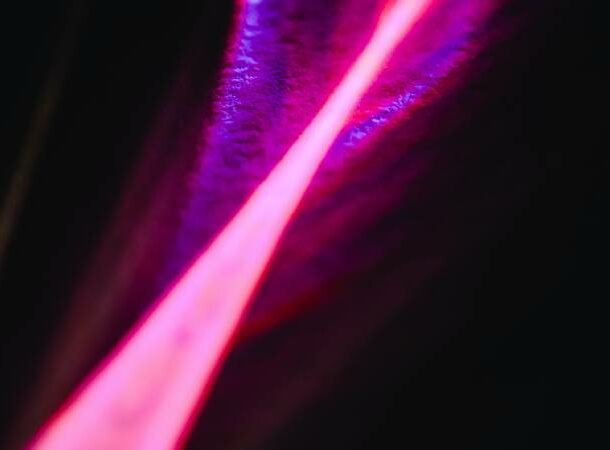 https://deepstash.com/idea/121356/a-laser-can-get-trapped-in-water
https://deepstash.com/idea/121356/a-laser-can-get-trapped-in-water Yes, really. Look up a few experiments online if you don’t believe me.
It’s all due to a spectacle known as total internal reflection. This phenomenon takes place when light particles travel through a material of a specific density and end up at a boundary where the density is a bit less.
When it comes to laser beams and water, you should remember that water is heavier than light. That means that the laser beam enters the water and is immediately slowed down by the heavier water particles. Therefore, the laser beam literally becomes “trapped” in the water.
And you thought science wasn’t cool!
Animals Use Earth’s Magnetic Field For Navigation
 https://www.usgs.gov/faqs/do-animals-use-magnetic-field-orientation#:~:text=Yes.,use this sense for navigation
https://www.usgs.gov/faqs/do-animals-use-magnetic-field-orientation#:~:text=Yes.,use this sense for navigation Earth’s magnetic field has long been a champion for the life this planet harbors. Formed by the planet’s rotation, it responds to the electrical currents created by the Earth’s core. But did you know that it isn’t just humans using the planet’s magnetic field to navigate?
The theory that migratory animals use the Earth’s magnetic field to navigate was first proposed by scientists in the 1960’s, but it was viewed with skepticism because it couldn’t be proved. It was only recently discovered that migratory animals house magnetite cells in their bodies- the same material used by our ancestors to make compasses.
Now we know that birds migrate using the polarity of north and south, only they don’t need a little gauge with directions on it to do so. Other creatures – turtles, for example – identify specific areas based on their magnetic signatures in order to locate them in the future.
Soil Is Full Of Life
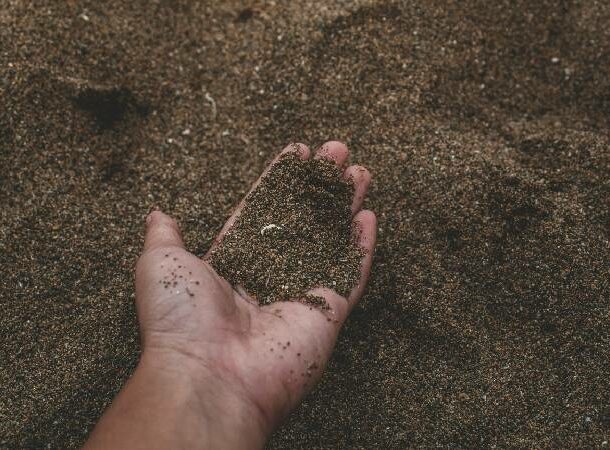 https://www.nrcs.usda.gov/sites/default/files/2023-01/Healthy-Soils-Are-full-of-life.pdf
https://www.nrcs.usda.gov/sites/default/files/2023-01/Healthy-Soils-Are-full-of-life.pdf You may not realize it, but soil, especially healthy soil, is practically alive. It is made up of millions of species and billions of organisms, which all come together to create the diverse and complex blend of microscopic and macroscopic life that exists as the most influential concentration of biomass anywhere on our planet.
To put it into perspective – the number of living organisms in a single teaspoon of soil exceeds the actual number of humans currently alive on Earth.
Rats Laugh When They’re Tickled
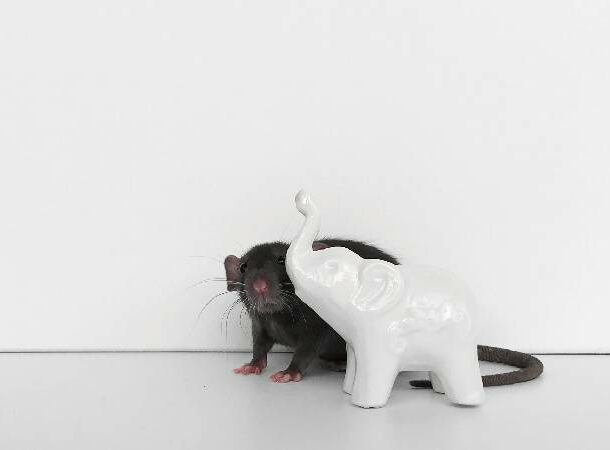 https://time.com/4566126/rats-laughter-tickling/
https://time.com/4566126/rats-laughter-tickling/ Why do I feel like laughing just by reading that sentence? It must be because I am incredibly ticklish. But this has given me a whole new perspective on rats.
Researchers have taken careful notes at the pleasure rats seem to take when it comes to playing with humans – like running to a human hand to engage in chasing games that end up with their bellies being tickled.
In fact, they now believe the high-pitched sounds and excited jumping, the latter known as Freudensprünge—a delightful word that you can go your entire life without hearing, and then, once you do, you have no idea how you lived without it, is how they express laughter and their pleasure with the loving attention.
Bananas Are Radioactive
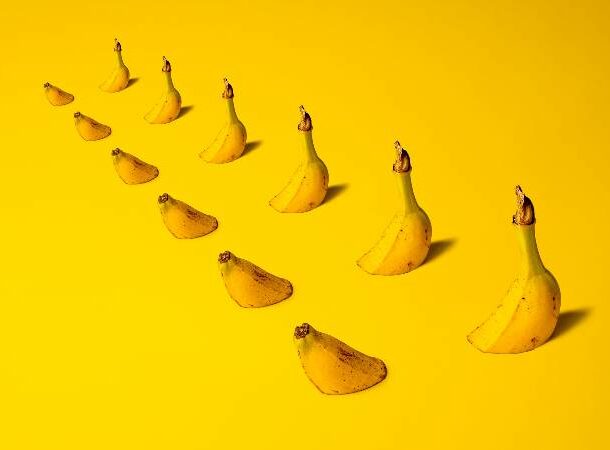 https://www.mcgill.ca/oss/article/you-asked/it-true-banana-radioactive
https://www.mcgill.ca/oss/article/you-asked/it-true-banana-radioactive I’ve heard this fact before but didn’t really believe it.
Bananas are somewhat radioactive because they are high in potassium, and potassium-40 (which is radioactive) is one of its natural isotopes.
However, before you start burying your bananas in lead-lined coffins, you should know that you’d have to eat about 5,000,000 of them to get anything resembling radiation sickness. And, by then, it would all be for naught because you might have turned into a banana yourself.
You Can’t Burp In Space
 https://howthingsfly.si.edu/ask-an-explainer/i-heard-astronauts-cannot-burp-space-it-true
https://howthingsfly.si.edu/ask-an-explainer/i-heard-astronauts-cannot-burp-space-it-true The daily life of an astronaut in the International Space Station doesn’t often cross our minds. Literally miles away from anything or anyone, their lives are seldom sufficiently documented. However, if you get curious one day, you can find hundreds of little problems these guys have to deal with on a daily basis.
One inconvenience is the fact that you can’t burp in space. It’s the truth.
You see, on Earth, gravity moves all the solids and liquids in your stomach to the bottom while the gasses are free to move to the top – and escape, so to speak.
However, with gravity absent in space, gasses, liquids, and solids remain mixed. As such, should you burp in space, it won’t just be a funky smell leaving your mouth.
Plastic Can Be Converted To Vanilla Flavoring
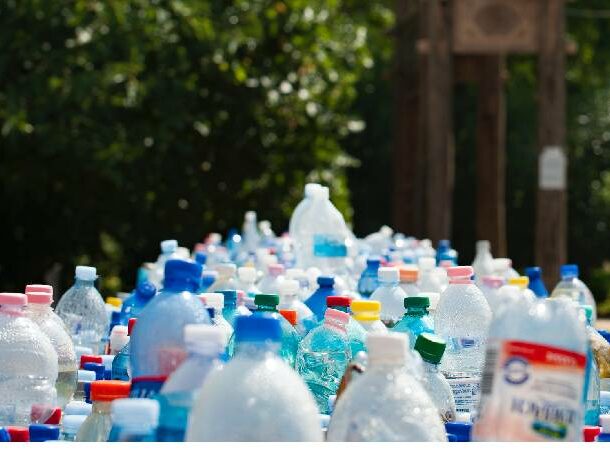 https://www.theguardian.com/environment/2021/jun/15/scientists-convert-used-plastic-bottles-into-vanilla-flavouring
https://www.theguardian.com/environment/2021/jun/15/scientists-convert-used-plastic-bottles-into-vanilla-flavouring Before you enjoy that vanilla cupcake too much, ask yourself – where did this vanilla flavoring come from?
There’s a lot of money to be made in the upcycling business. Plastics currently lose over 95% of their value after a single use; as such, researchers have started looking at ways to make upcycling more lucrative and discovered that a specific type of bacteria can convert terephthalic acid (TA) into vanillin.
Vanillin is widely employed in the food and cosmetics industries and in cleaning products, pharmaceuticals, and herbicides. Global demand is increasing and reached 37,000 metric tons in 2018, far exceeding the demand for natural vanilla beans. At present, around 85% of vanillin is produced artificially from chemicals derived from fossil fuels.
Men Are More Likely To Be Colorblind
 https://www.toppr.com/ask/question/why-colour-blindness-is-more-common-in-men-than-in/
https://www.toppr.com/ask/question/why-colour-blindness-is-more-common-in-men-than-in/ It is a truly bizarre but proven fact. Men are more likely to be colorblind than women. This is because color blindness is caused by genes on the X chromosome.
I know what you’re thinking: women have two, so they should have the greater numbers, right?
Unfortunately, since men have only one, they need only one defective chromosome to be colorblind.
Bats Are Immune Against Most Viruses
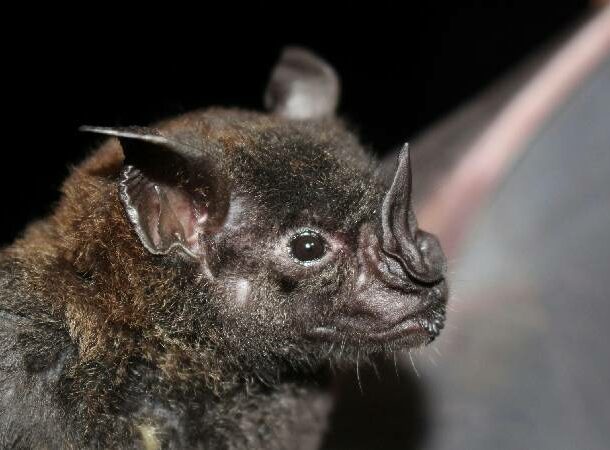 https://www.npr.org/sections/goatsandsoda/2020/02/09/803543244/bats-carry-many-viruses-so-why-dont-they-get-sick
https://www.npr.org/sections/goatsandsoda/2020/02/09/803543244/bats-carry-many-viruses-so-why-dont-they-get-sick And that includes the coronaviruses.
Bats can contract and transmit viruses, but based on the European Commission’s funded studies, bats also have an arsenal of antiviral genes that keep them safe. Rabies is the exception; however, while rabies can make bats sick, it rarely kills them.
Now, before you start hating bats, try to see them as rats with wings. And then remember how much they like playing with us and getting their bellies tickled. I promise it helps.
Humans Have The Capacity To Produce Venom
 https://www.livescience.com/could-humans-be-venomous.html
https://www.livescience.com/could-humans-be-venomous.html If you’ve been secretly waiting to develop secret powers X-Men style, we have good news. While we may not have the ability to be venomous right now, we will very likely evolve to be venomous in the future.
Scientists have closed a long-open door by linking early salivary glands to the tissues that eventually evolved into venom glands in several species. Because saliva is the common thread, anyone with salivary glands – from mice to humans – could eventually develop venom. The missing piece is not in genes or mechanisms but in the contents of what the glands release: special proteins.
If that’s at number 15, I bet you’re wondering what we have at number 1 on today’s list. Stick around; we promise you it is going to be worth it!
Babies Have Almost 100 Bones More Than Adults
 https://kidshealth.org/en/kids/bones.html#:~:text=A baby's body has about,are partly made of cartilage.
https://kidshealth.org/en/kids/bones.html#:~:text=A baby's body has about,are partly made of cartilage. Most parents will be aware of this fact, but for those of us who haven’t taken the stroll towards parenthood yet, this might come as a surprise.
A baby’s body has 300 bones in it – compared to the 206 human adults have. Babies need to be flexible during birth; as such, most of their extra bones will fuse or grow together by the time they’re around three.
It’s also interesting to note that some of a baby’s bones are made entirely from cartilage, while others are only partly made up of cartilage.
Our Bodies Glow - We Just Can’t See It
 https://htschool.hindustantimes.com/editorsdesk/knowledge-vine/do-you-know-that-humans-glow-in-the-dark-too
https://htschool.hindustantimes.com/editorsdesk/knowledge-vine/do-you-know-that-humans-glow-in-the-dark-too In 2009, Masaki Kobayashi, a scientist at Japan’s Tohoku Institute of Technology, decided to look into human bioluminescence. He enlisted the help of five people and took pictures of their bodies for 20 minutes every three hours for three consecutive days. The images were captured using cameras that were extremely sensitive to light. The results revealed that certain parts of the people, such as their necks and heads, displayed light continuously, reaching their brightest point around four o’clock every afternoon.
Scientists believe our bioluminescence is created through the interactions of molecules called fluorophores after interacting with the electrons our cells release via cellular respiration. Unfortunately, we can’t see it, as it’s about 1000 times too weak for our eyes to pick up.
Komodo Dragons Have Evolved To Reproduce Parthenogenetically
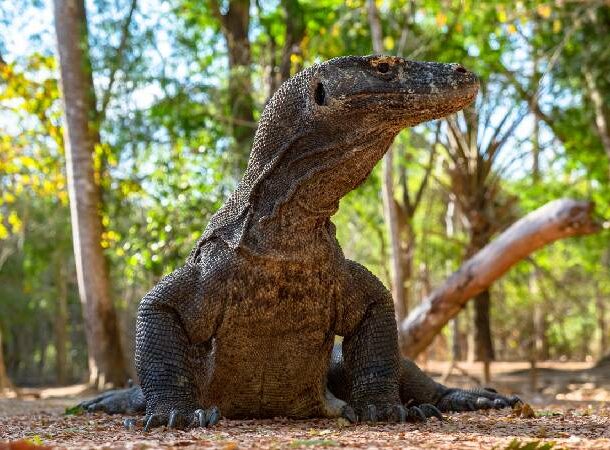 https://edition.cnn.com/2020/03/09/us/komodo-dragons-parthenogenesis-scn-trnd/index.html#:~:text=Parthenogenesis is a type of,reproduce both sexually and parthenogenetically
https://edition.cnn.com/2020/03/09/us/komodo-dragons-parthenogenesis-scn-trnd/index.html#:~:text=Parthenogenesis is a type of,reproduce both sexually and parthenogenetically Nature is incredible.
If you’ve never heard of Parthenogenesis, let me remind you of Jeff Goldblum’s words in Jurassic Park – Life finds a way.
Parthenogenesis is the type of reproduction that takes place when a female produces offspring without a male’s help. One animal that uses this method in the wild is the Komodo Dragon. Since they’re used to an isolated lifestyle and can get very violent when approached, they’ve evolved to reproduce both parthenogenetically and sexually – you know, depending on their mood.
Peanuts And Explosives
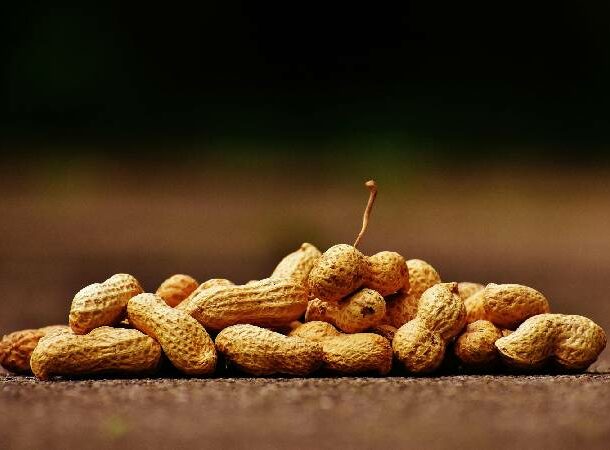 https://www.educationworld.com/a_lesson/worksheets/critical_thinking/6-8/pdfs/critical_thinking_012-download.pdf
https://www.educationworld.com/a_lesson/worksheets/critical_thinking/6-8/pdfs/critical_thinking_012-download.pdf Did you know that if processed into glycol, peanut oil can be used as a key ingredient in nitroglycerin – the explosive secret inside dynamite? It’s true, but the experts advise against its use as it is pretty labor-intensive.
So, just how many peanuts do you need to make 1lb of dynamite? Apparently, that is a closely guarded secret.
Chitons Have Metal Teeth
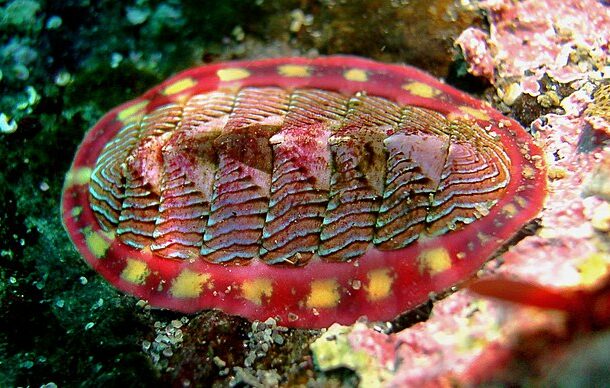 http://www.rebeccavarney.com/chitons-iron-teeth-many-eyes
http://www.rebeccavarney.com/chitons-iron-teeth-many-eyes The animal kingdom and its seemingly intense standards of evolution amaze me! From cockroaches that can survive nuclear blasts to puffer fish utilizing a neurotoxin as a defense mechanism, nature often over-delivers in its presentation. The Chiton, a marine mollusk that inhabits the Gulf of Mexico, has similarly outdone itself in the evolution game by figuring out how to grow metal teeth.
Magnetite teeth, to be exact.
A magnetic material composed of iron oxide. Thus far, this has been the hardest material to be produced by any organism. Perhaps we’ll be able to copy nature at some point in the future by synthesizing hard materials in laboratories using the proteins that come from chitons’ teeth. For now, though, we can only wonder why a mollusk in the Mexican Gulf would need metal teeth.
A Grasshopper’s Ears Are On Its Belly
 https://magnusonchildrensgarden.org/wp-content/uploads/2020/04/10-Fascinating-Facts-About-Grasshoppers.pdf
https://magnusonchildrensgarden.org/wp-content/uploads/2020/04/10-Fascinating-Facts-About-Grasshoppers.pdf Just when you thought things couldn’t get any weirder, we dropped this bombshell on you.
A grasshopper’s auditory organs can be found in a particularly weird area – on its belly.
Membranes that reverberate in response to sound waves can be found on each side of a grasshopper’s first abdominal segment, tucked away safely under its wings. This incredible “eardrum,” known as a tympana – allows a grasshopper to hear the melodies of its fellow grasshoppers, even if it doesn’t really pick up on the pitch of a song that well.
The Corpse Flower's Stench Has A Purpose
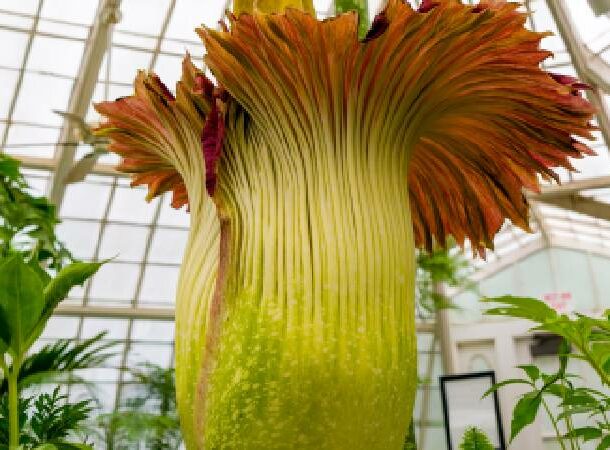 https://www.livescience.com/51947-corpse-flower-facts-about-the-smelly-plant.html
https://www.livescience.com/51947-corpse-flower-facts-about-the-smelly-plant.html The corpse flower is famous for its size; these weird plants can grow up to 8 feet tall!
However, there’s another not-so-pleasant fact about this massive plant – it has a particularly horrible odor. It smells just like rotting flesh.
While many believe this repulsive feature is designed to attract prey, it is actually designed to attract pollinators! Because dung beetles and flesh flies enjoy a fresh corpse, this is an inviting pit stop. This bizarre science fact gets even stranger because this plant can simulate a human body by heating its core to 98 degrees. This process is known as thermogenesis, and it only serves to attract more insects.
A Lone Star Tick Bite Can Make You Allergic to Red Meat
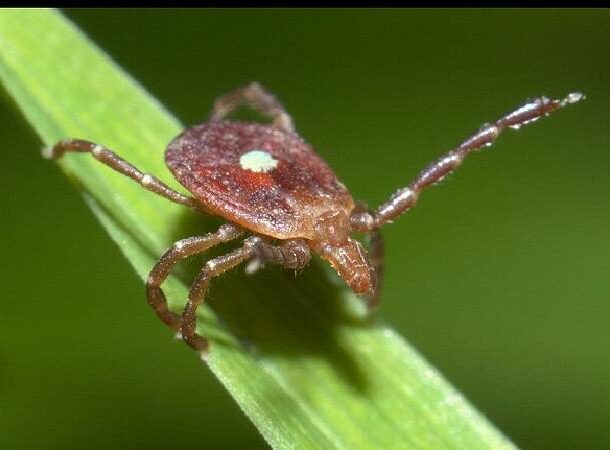 https://acaai.org/allergies/allergic-conditions/food/meat/
https://acaai.org/allergies/allergic-conditions/food/meat/ Since we’ve already ruined vanilla cupcakes for you, we thought we’d go the extra mile and warn you against the Lone Star Tick. You see, if one of these horrible parasites bites you, you could develop an allergy to red meat – including pork and beef!
This allergy is caused by a type of carbohydrate known as alpha-gal and is best diagnosed through a blood test.
A Teaspoonful Of Neutron Star Would Weigh Billions Of Tons On Earth
 https://medium.com/predict/the-densest-stars-in-the-universe-ed0b4bc721a3
https://medium.com/predict/the-densest-stars-in-the-universe-ed0b4bc721a3 A neutron star is what remains if a massive star (larger than ten Suns) runs out of fuel. It would have collapsed, exploded, and collapsed again. Under the pressure of the collapse, its protons and electrons have fused to form neutrons, which ensures that it cannot collapse again.
The star obviously loses a lot of weight in the process and ends up being only about 1.5 times the mass of the Sun. Still, all of that matter has been condensed to a size of about 10 miles. A typical star of that magnitude would span more than one million miles.
To put it into perspective, look at it like this: A tablespoon of the Sun would weigh about 5 pounds (2 kilograms), depending on where you scooped it – about the weight of an old laptop. However, a single teaspoon of neutron star will weigh more than 1 billion tons (900 billion kg), more than Mount Everest’s weight. So, while you can lift a spoonful of Sun, it would never be possible with a spoonful of neutron stars.
A Diabetic Person’s Urine Could Be Used To Make Whiskey
 https://www.wired.co.uk/article/pissky
https://www.wired.co.uk/article/pissky That’s how much sugar it contains! And while I would have loved to tell you that it’s only in theory – I would be lying. It has already been done by a man called James Gilpin.
He gets his source material from elderly volunteers. – including his grandmother – and purifies it just like you would purify water by removing the sugar molecules and adding it to the mash stock to expedite fermentation.
Traditionally, the sugar used would be made from the starches in the mash. Once metabolized into an uncolored alcohol spirit, whisky blends are added to provide color, flavor, and viscosity, and the end result is bottled with the contributor’s name and age.
79-year-old Martha, anyone?
Teeth Are Not Considered To Be Bones
 https://corinnadental.com.au/why-teeth-are-not-bones/
https://corinnadental.com.au/why-teeth-are-not-bones/ Our teeth and bones may be white, hard, and full of calcium, but the similarities end there. For one, teeth only possess phosphorus, calcium, and other minerals, whereas bones contain phosphorus, calcium, and sodium, but mainly collagen. Plus, bones are not nearly as tough as teeth.
However, bones do one-up teeth in the regenerative department, as teeth cannot heal themselves when they break or fracture and cannot produce red blood cells.
Finally, our bones are hidden away underneath muscle, flesh, and skin, while our teeth are out in the open and displayed. (Bones, not so much.) So, while we may whiten our teeth, at least we don’t have to worry about our bones turning yellow (except when they meet oxygen, though hopefully, our bones won’t be outside our bodies for extended periods of time anytime soon).
Cranberries Can Bounce Like Rubber Balls
 https://www.maefonline.com/pdfs/Crazy about Cranberries.pdf
https://www.maefonline.com/pdfs/Crazy about Cranberries.pdf Cranberries are incredibly good for you. Not only are they full of antioxidants, but they also stop cavities, tooth decay, and gum disease. They even contain compounds called proanthocyanidins, which many believe could lower our chances of getting cancer.
However, for all their health benefits, their most exciting ability must be that they can bounce. REALLY bounce.
If you drop a fresh cranberry, it will bounce just like a rubber ball. Old or damaged berries don’t bounce. This bouncing ability is actually tested at the sorting mills before they can pass the quality test.
A Single Bolt Of Lightning Can Toast 100,000 Pieces Of Bread
 https://gencisinterestingfacts.quora.com/A-bolt-of-lightning-contains-enough-energy-to-toast-100-000-slices-of-bread-Shutterstock-If-you-consider-that-each-bo#:~:text=Shutterstock-,If you consider that each bolt of lightning contains more,English muffins—whatever you prefer.
https://gencisinterestingfacts.quora.com/A-bolt-of-lightning-contains-enough-energy-to-toast-100-000-slices-of-bread-Shutterstock-If-you-consider-that-each-bo#:~:text=Shutterstock-,If you consider that each bolt of lightning contains more,English muffins—whatever you prefer. We thought we’d add another bizarre (yet fun) fact for you at number two.
Did you know that 5 billion joules of energy are generated every time a lightning bolt hits the earth?
When we start playing around with the math, that means that your run-of-the-mill everyday toaster will be able to run for a total of eighty-four thousand minutes on the energy of a single trike.
If it’s a 2-slicer, that boils down to just enough time to toast one hundred thousand muffins, bagels, pop-tarts, or slices of bread until it reaches the perfect level of crunchiness to go with your favorite morning drink.
Humans Lose Their Sense Of Smell While Sleeping
 https://www.sleepfoundation.org/bedroom-environment/how-smell-affects-your-sleep#:~:text=In general%2C the sense of,to wake up from sleep.
https://www.sleepfoundation.org/bedroom-environment/how-smell-affects-your-sleep#:~:text=In general%2C the sense of,to wake up from sleep. Did you know your nose could pick up over one trillion distinct scents? Funnily enough, one of the most pleasant scents – according to our noses anyway – is the smell of vanilla (or should I say recycled plastic).
During recent studies, scientists discovered that our sense of smell is at its strongest at the end of the day and at its weakest during the night and into the early morning hours. They now believe that this reduction in our smell sensitivity throughout the night might explain why odors do not generally wake people up from their sleep.



























